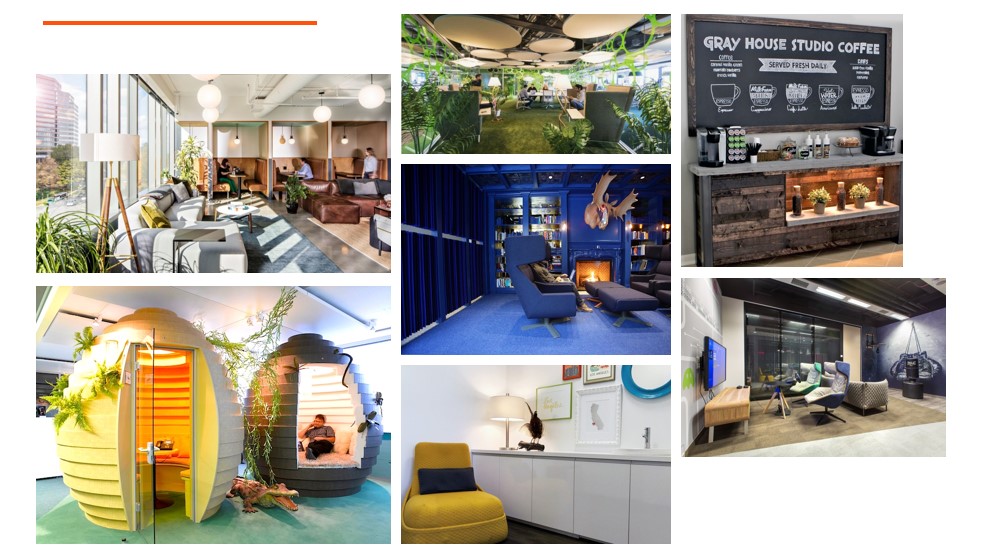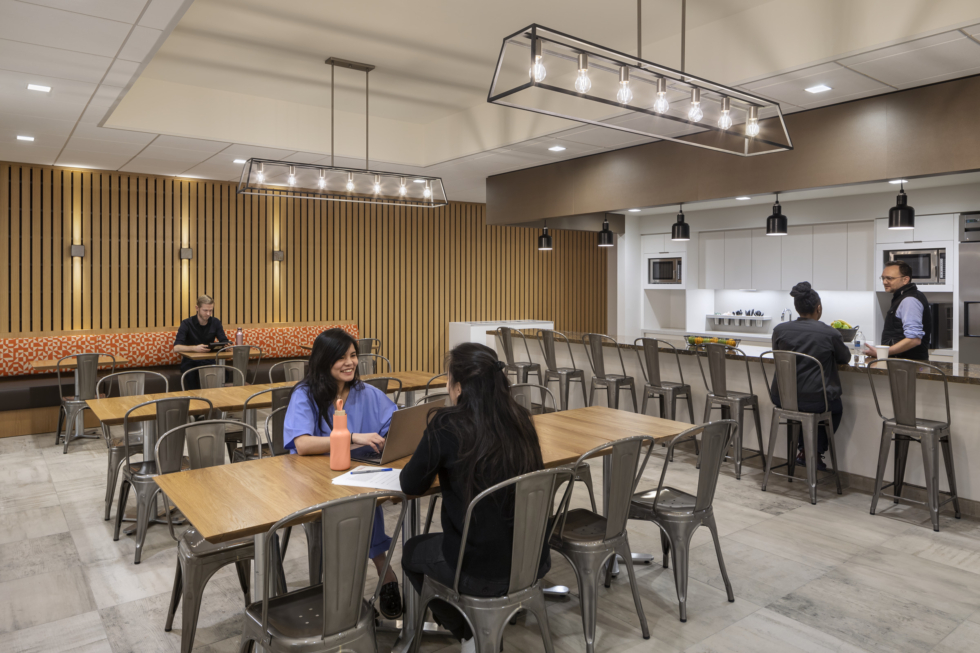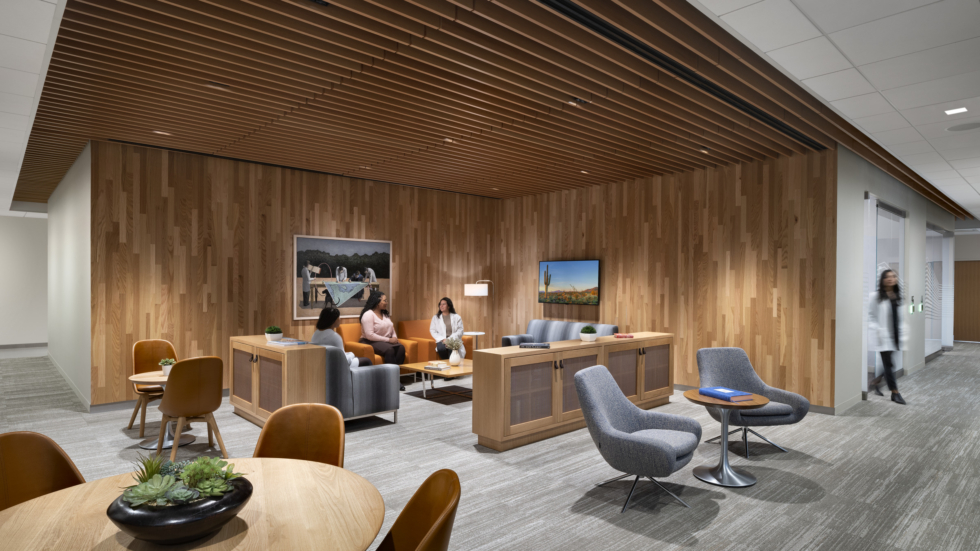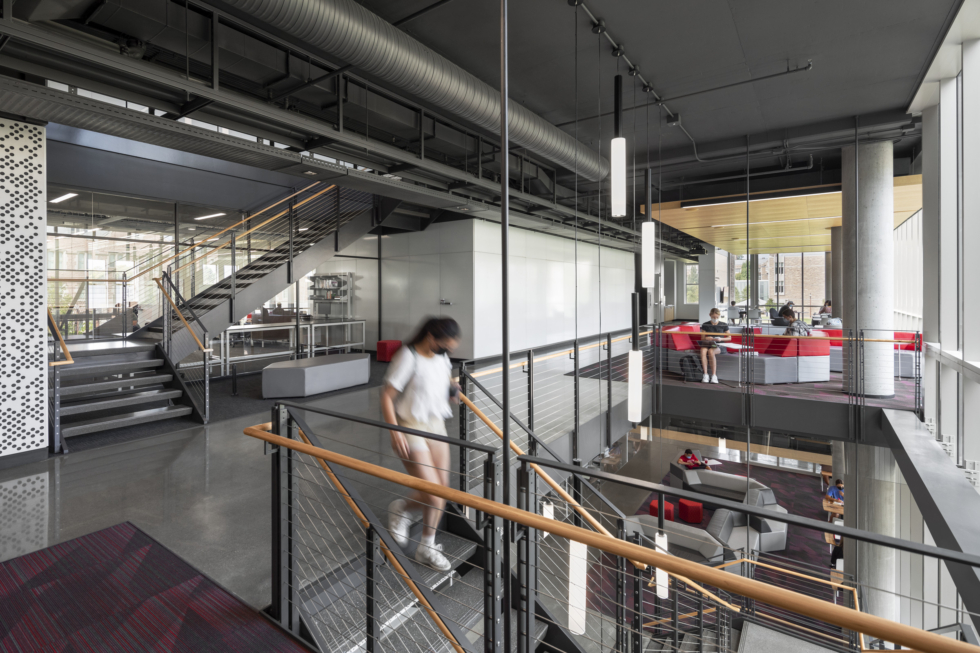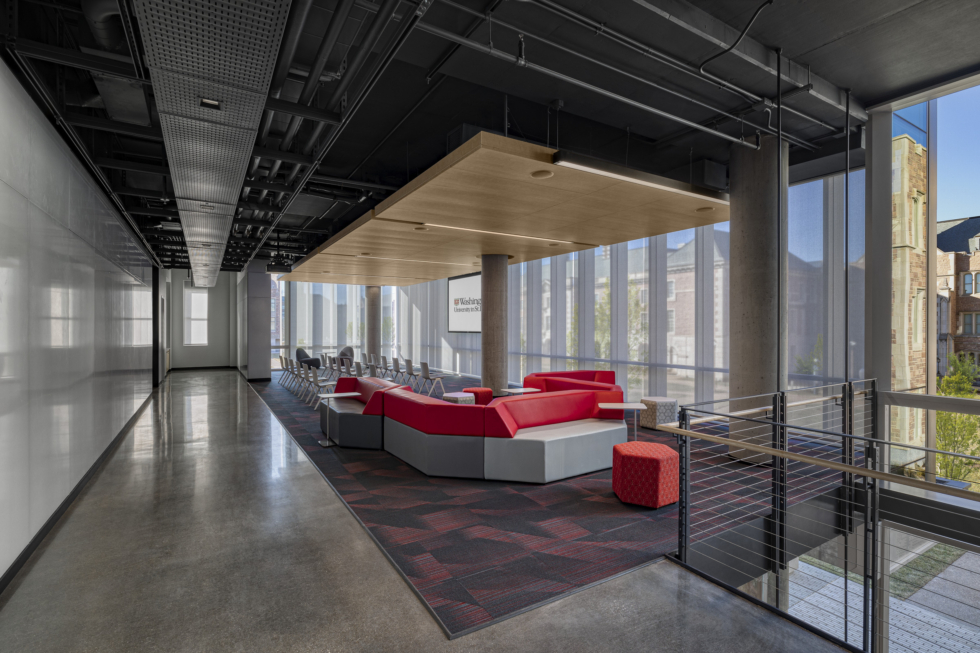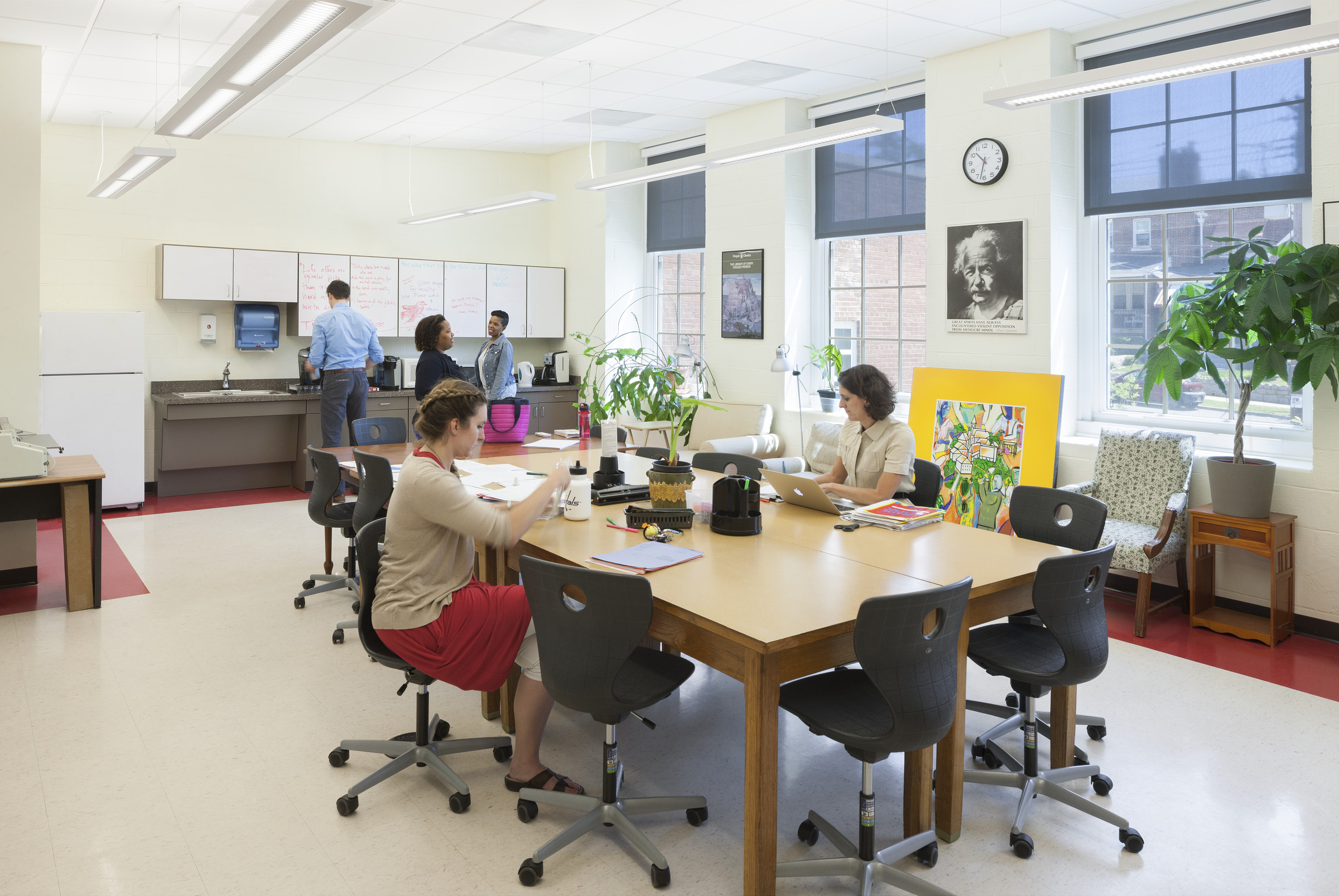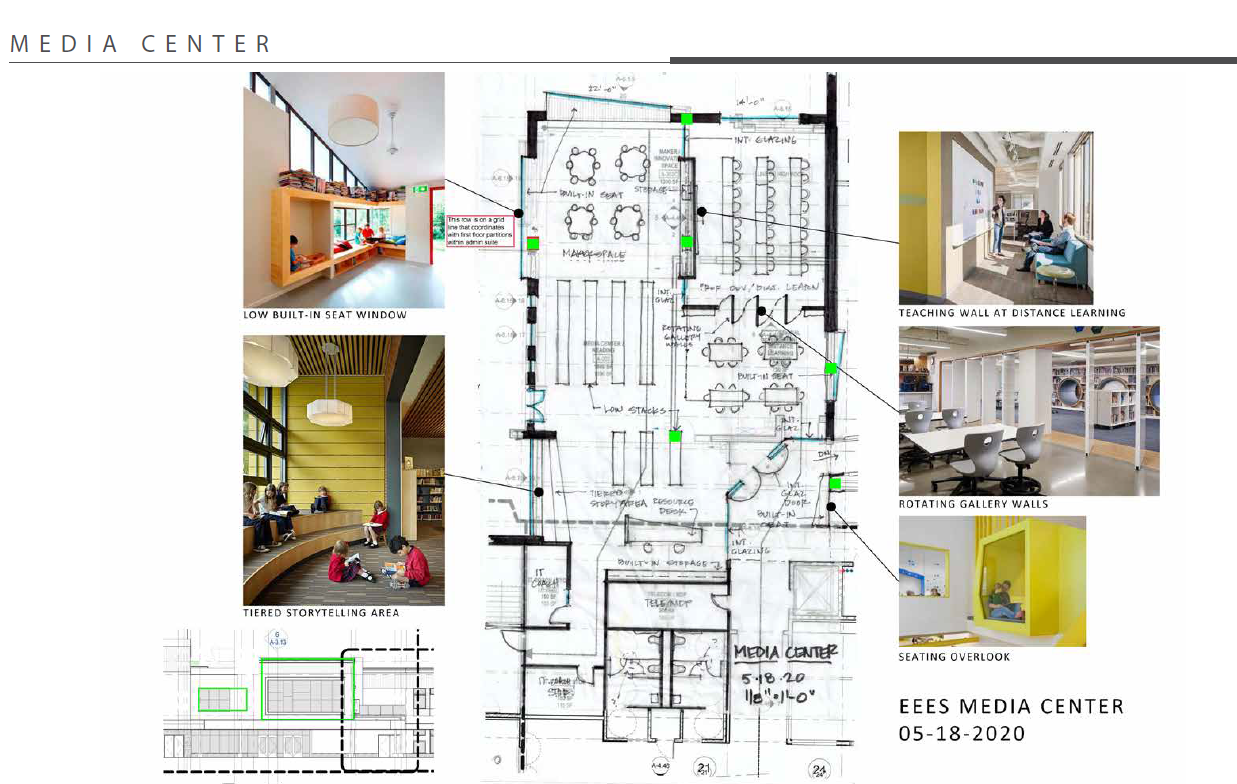DeGroff and Belfoure describe tours they took through senior living communities where a break room had staff competing for a single computer for online training, while others were stepping around them to heat up their lunch. Those who needed to take private phone calls either had to go out to their cars or step into the custodial closet. Such stories led the women to ask in their paper, “Is the hierarchy of focusing architecture and design on the experience of the resident (and then administration, with care team members coming last) outdated? … If the experience of the resident is primary, the people caring for residents must be equally important.”
In a firm as big as Perkins Eastman, with 18 practice areas across 24 studios around the globe, the authors didn’t have to look far to see how their colleagues are handling similar situations.
Healthcare
“We were always concerned about staff,” says Los Angeles-based Principal and Executive Director Jason Haim, referring to the airy and open spaces made available to them at MarinHealth Medical Center in Greenbrae, CA. When he led the team that designed the new hospital prior to its opening in 2020, Haim says, “we refused to allow staff spaces to be closets and afterthoughts.” Staff lounges are in each department, for example, rather than a central location that makes everyone travel, and each has ample space, windows, and natural light. “There are industry expectations” for such spaces, Haim explains, “and then there’s the right thing to do.” Noting that the hospital was designed before the pandemic, he says he would have gone much further for its staff today. “You have an overworked and traumatized staff who are asked to go above and beyond. The need for respite, the need to take a break, to separate, has really become important and paramount.”
Perkins Eastman principals Federico Del Priore and Joanne Violanti followed the same imperative in New York when they worked, respectively, on the David H. Koch Center for Cancer Care at Memorial Sloan Kettering Cancer Center and the Memorial Sloan Kettering Josie Robertson Surgery Center. Each facility offers staff—at all levels—richly appointed lounges, work rooms, and dining areas.

An entire floor is dedicated to staff at the Memorial Sloan Kettering Josie Robertson Surgery Center.
It includes a lounge and workspace, a café, and an outdoor terrace.
Photograph copyright Chris Cooper/ courtesy Perkins Eastman.

